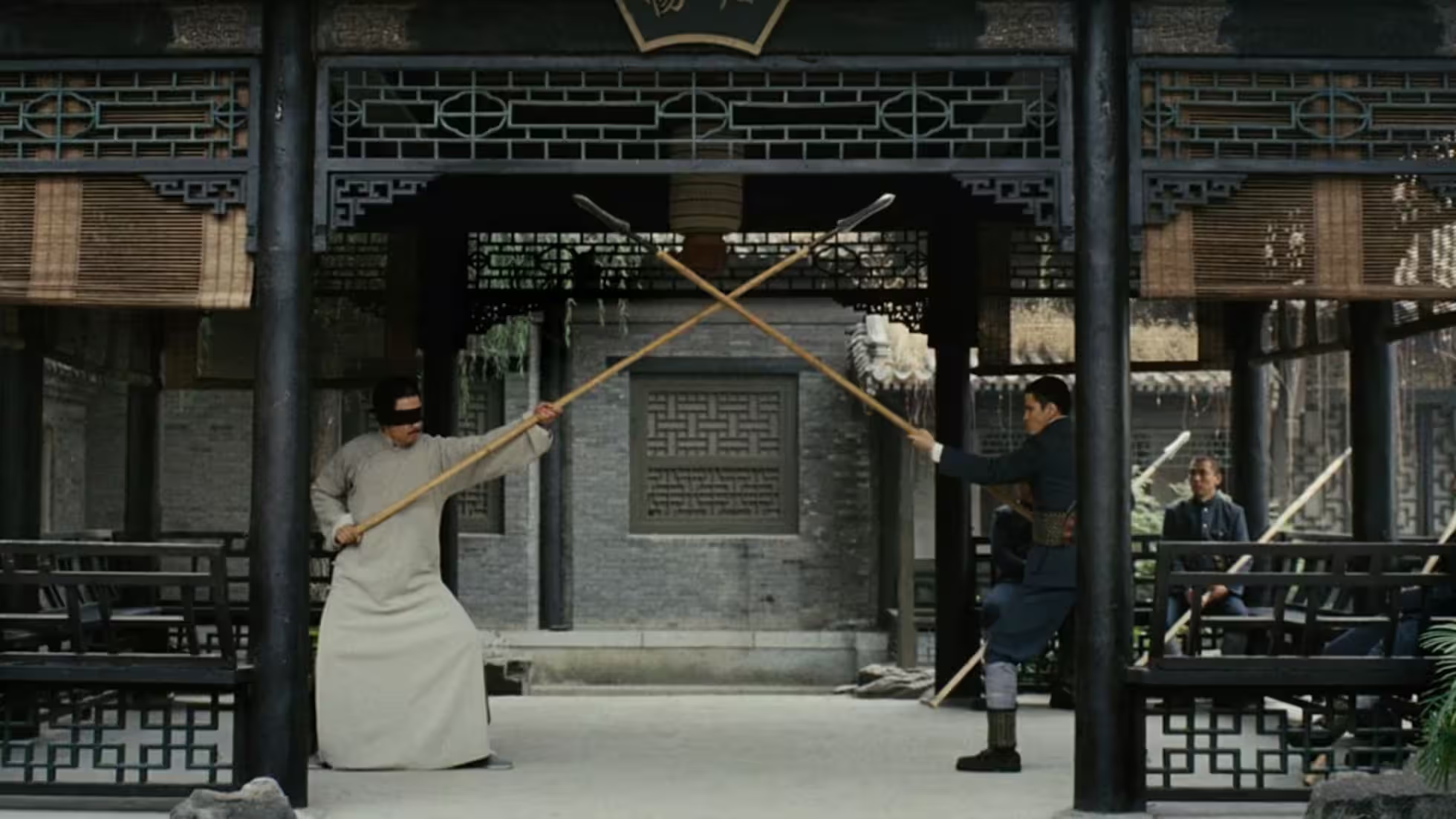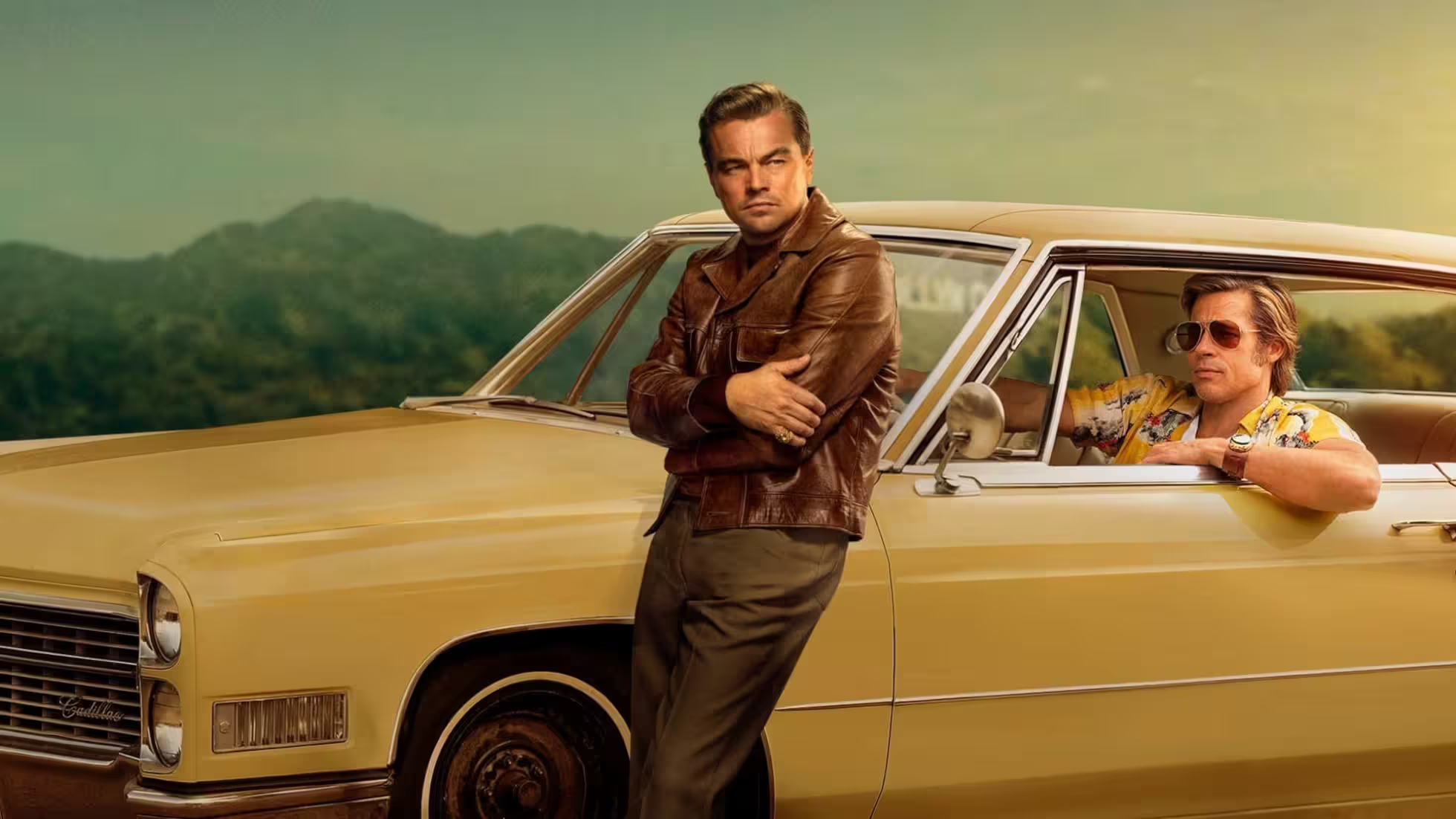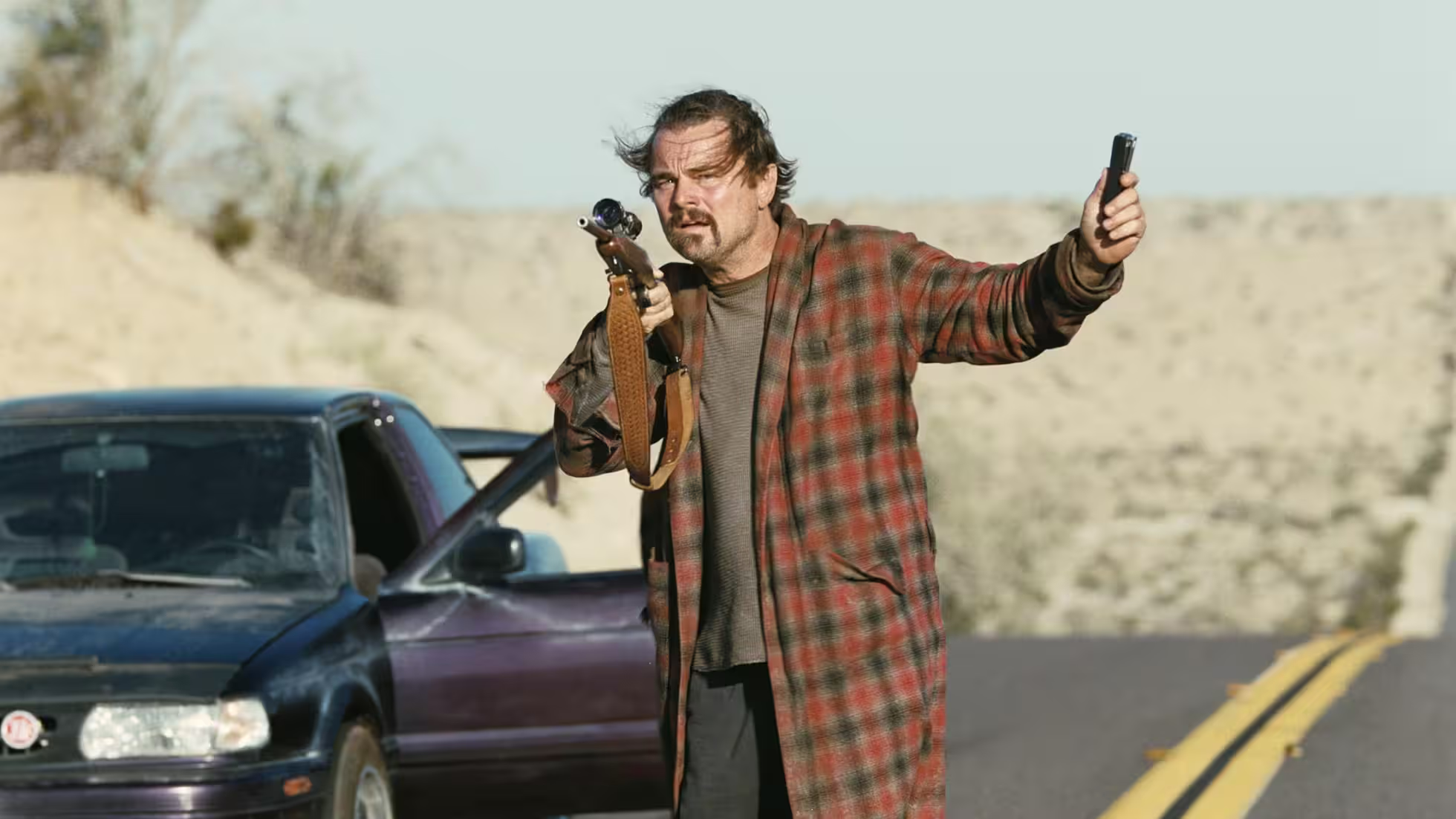Impressions of Manhattan, New York

I had long heard that Manhattan traffic was notoriously congested and parking scarce, so I left the car in Newark, New Jersey, across the Hudson, and took the PATH to 33rd Street in Manhattan. Crowds surged as I exited the station. Many old two‑way streets have been converted to one‑way, yet congestion remains; on many routes, walking is faster than driving. Most street‑front shops are flagship stores of trendy apparel brands, bustling with visitors. Only Trump Tower on Fifth Avenue, with heavy security, felt relatively quiet.
From 33rd Street I walked about 40 minutes to Central Park. Along the perimeter roads, a few beautifully decorated horse‑drawn carriages waited — a quaint tradition preserved in this great metropolis. Outside, on the avenues hemmed in by towers, the noise is relentless; inside the park, it softens to a calm murmur. Ancient trees soar overhead, and — unlike East Asian gardens — there’s little sign of deliberate ornamentation: everything feels plain and natural.
The Metropolitan Museum of Art sits on 82nd Street beside Central Park. Its collection now numbers about three million works, with more than fifty thousand on daily display. A ticket is valid for three days and allows unlimited re‑entry during that period. If time is tight, follow the museum’s Red Route on the guide map — the most efficient way to see the Met and take in its mind‑opening spaces and treasures.
The Met is a grand synthesis. In the Greek and Roman galleries, you feel a love of life in sculpture and architecture; in the Africa, Oceania, and the Americas galleries, you meet cultures that are rugged, diverse, and untamed; in the Egyptian galleries, the Temple of Dendur and various mummies reveal a profound respect for death; in the European paintings, Arab, and Asian galleries, through paintings, sculpture, books, and crafts, you sense how Christianity, Islam, and Buddhism have shaped lives and cultures across the world.
Chinese visitors may feel conflicted when standing before the enormous Medicine Buddha mural. I tend to believe that what is national can also be universal. At the Met, even the Medicine Buddha has found a home. As a young nation of just over two centuries forged by many peoples, the United States built, in a short time, one of the world’s four great museums — not only through financial power, but also through an inclusive spirit, a pursuit of art, and relentless effort.
At 5 p.m., as the museum closed, Upper Manhattan glittered to life. We strolled to Times Square. Colossal LED billboards on the surrounding buildings flooded the compact square with light. Many people paused to take photos. I was mildly surprised by how small the square is — strictly speaking, it’s just a crossroads — yet it’s world‑famous. Perhaps some squares are known less for their size than for their commercial value.
At eight o’clock, we headed south along Broadway. Passing through a quieter Midtown, we arrived at Wall Street, the global financial center. The bronze statue Fearless Girl, now facing the New York Stock Exchange, became famous for her earlier standoff with the Charging Bull at Bowling Green. She is now one of New York’s notable women‑themed sculptures.
About ten minutes on foot from Wall Street lies the former World Trade Center. Where the soaring Twin Towers once stood are the South and North memorial pools, with 2,983 names embedded along the parapets — touching each one is a way to comfort the departed. The Oculus transit hub stands beside Ground Zero like a great bird poised to take flight.
At nine, I took the PATH back to Newark.
Published at: Sep 21, 2025 · Modified at: Dec 11, 2025


